Classifying Polygons Worksheets
If you're a math teacher or a parent looking for a helpful resource to assist your students or children in classifying polygons, you've come to the right place. These worksheets provide a structured approach to understanding the different types of polygons and help learners become proficient in identifying and categorizing them accurately.
Table of Images 👆
More Other Worksheets
Kindergarten Worksheet My RoomSpanish Verb Worksheets
Cooking Vocabulary Worksheet
DNA Code Worksheet
Meiosis Worksheet Answer Key
Art Handouts and Worksheets
7 Elements of Art Worksheets
All Amendment Worksheet
Symmetry Art Worksheets
Daily Meal Planning Worksheet
What is the purpose of classifying polygons?
The purpose of classifying polygons is to organize and categorize different types of polygons based on their properties, such as the number of sides, angles, and symmetry. This classification helps in identifying and distinguishing different polygons, as well as understanding the relationships and similarities between them. Additionally, classifying polygons aids in solving geometric problems, performing calculations, and making geometric constructions more efficiently and accurately.
How do regular polygons differ from irregular polygons?
Regular polygons are polygons with equal sides and equal angles, while irregular polygons have sides and angles of different lengths and measurements. Regular polygons have a predictable and symmetrical appearance, while irregular polygons can have varying shapes and sizes.
What is the difference between concave and convex polygons?
A concave polygon has at least one interior angle greater than 180 degrees, causing it to curve inward, while a convex polygon has all interior angles less than 180 degrees, making it maintain an outwardly angled shape. In simpler terms, concave polygons have at least one "caved-in" or indented side, while convex polygons have all sides that bulge outwards.
How can you determine if a polygon is equilateral?
To determine if a polygon is equilateral, you need to check if all of its sides are equal in length. Measure the length of each side of the polygon and compare them. If all sides are the same length, then the polygon is equilateral. If any side has a different length, then the polygon is not equilateral.
What are some examples of quadrilaterals?
Some examples of quadrilaterals include squares, rectangles, rhombuses, parallelograms, trapezoids, and kites. Each of these shapes has four sides and four angles, but they vary in terms of their properties and characteristics.
What are some common characteristics of parallelograms?
Some common characteristics of parallelograms include having opposite sides that are equal in length and parallel, opposite angles that are equal in measure, and diagonals that bisect each other. Additionally, the sum of the interior angles of a parallelogram is always equal to 360 degrees.
What makes a polygon a rhombus?
A polygon is considered a rhombus if all of its sides are of equal length. Additionally, a rhombus must have opposite angles that are congruent, meaning they are of equal measure.
How can you identify a polygon as a trapezoid?
A polygon can be identified as a trapezoid if it has exactly one pair of parallel sides. This means that two sides of the polygon are parallel while the other two sides are not. Additionally, a trapezoid can also have two right angles diagonally opposite each other. By checking these criteria, you can confidently identify a polygon as a trapezoid.
What are some key features of a pentagon?
A pentagon is a polygon with five sides and five angles. It has five vertices where the sides of the shape intersect. All five angles in a pentagon add up to 540 degrees, and each interior angle measures 108 degrees in a regular pentagon. Additionally, a regular pentagon has equal side lengths and equal interior angles, making it a symmetrical shape.
What are the properties of a hexagon?
A hexagon is a six-sided polygon with six angles and six vertices. The interior angles of a hexagon add up to 720 degrees, and the exterior angles add up to 360 degrees. All sides of a regular hexagon are equal in length, and the opposite sides are parallel. The symmetry of a hexagon means that it can be divided into six equal triangles.
Have something to share?
Who is Worksheeto?
At Worksheeto, we are committed to delivering an extensive and varied portfolio of superior quality worksheets, designed to address the educational demands of students, educators, and parents.

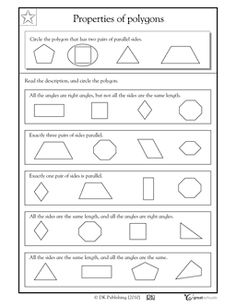



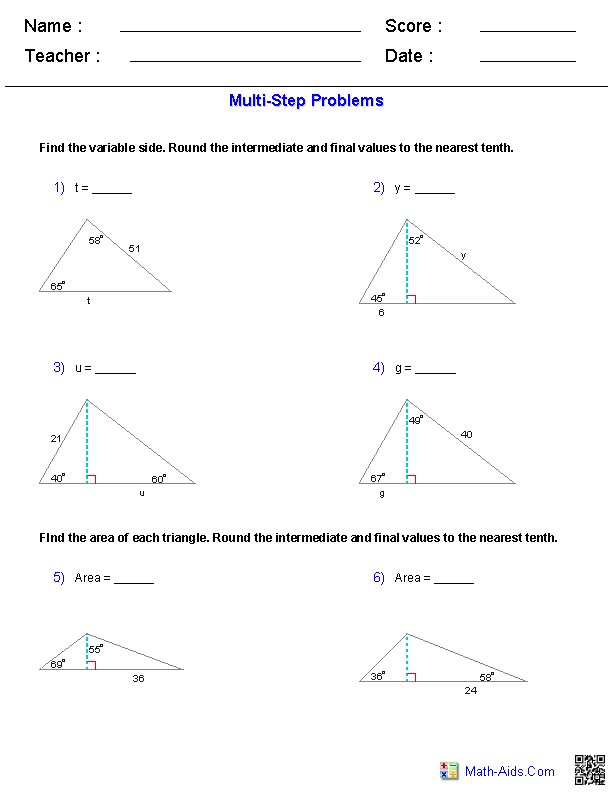

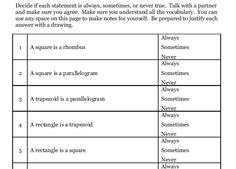
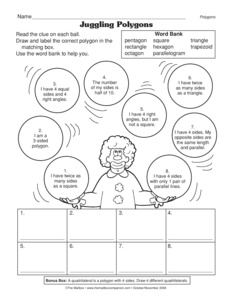
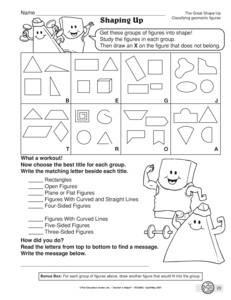
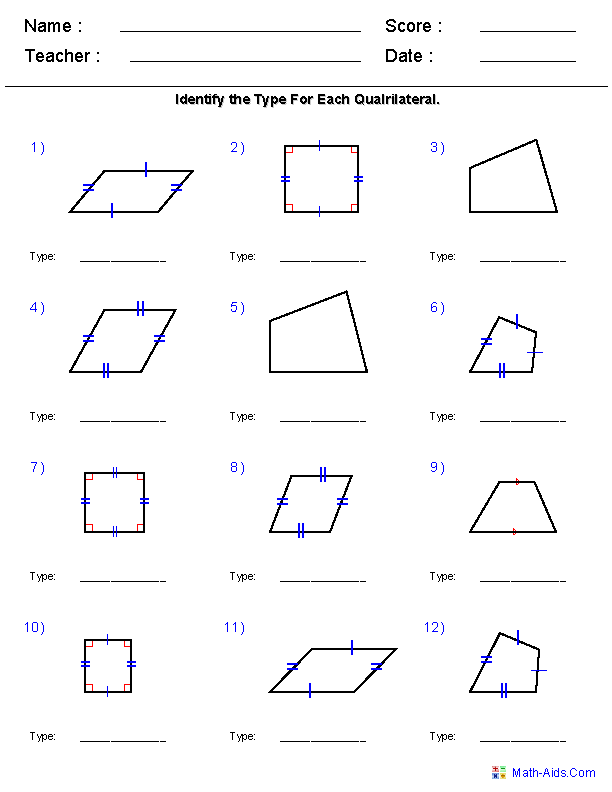
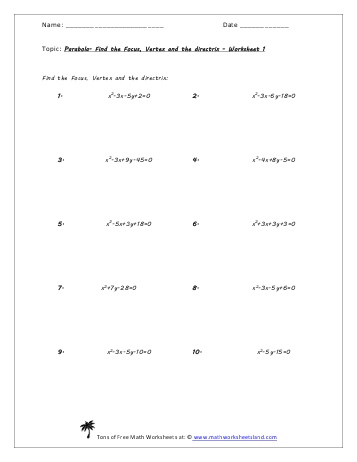
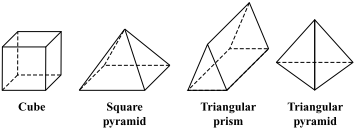
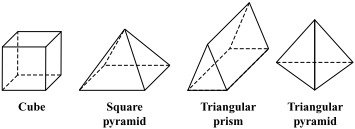
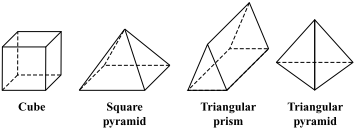
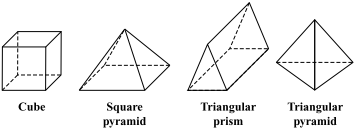
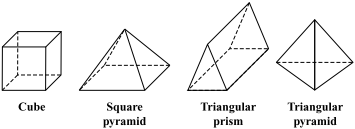
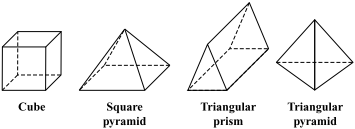
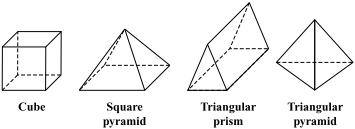

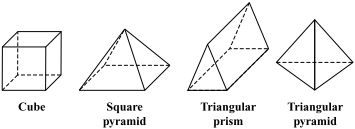














Comments